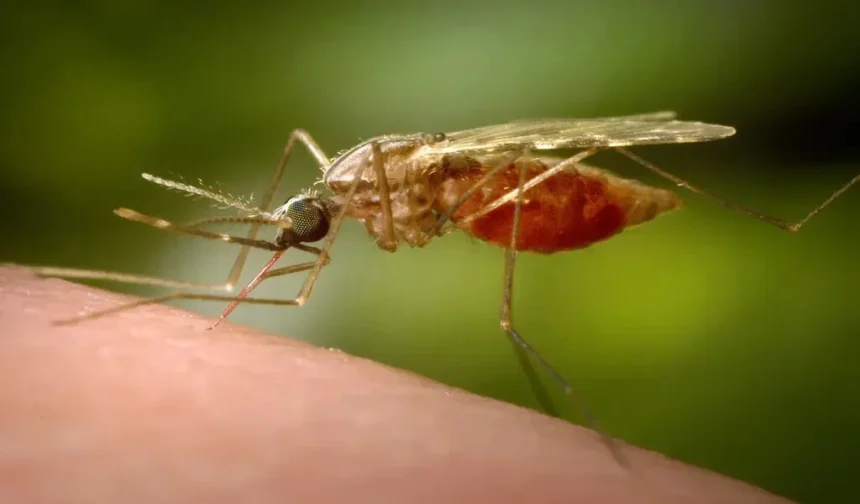(CTN News) – A mosquito-borne disease called chikungunya is spreading in the southern part of China, where there have been thousands of cases reported.
The disease known as chikungunya is contracted through bug bites.
Public statistics released by health departments in districts in Foshan showed that 4,014 cases of chikungunya fever were registered on Friday. The public was given access to these numbers.
This indicates a sharp rise in the number of cases, which the authorities have been monitoring for the last two weeks. The increase in the number of diseases that have occurred has had a major influence on the city, which is situated in the southern Chinese province of Guangdong.
Sun Yang, the deputy head of the National Center for Disease Control and Prevention, said during a news conference held in Foshan on Wednesday that the chikungunya outbreak is still considered “quite severe.”
Through the bites of disease-sensitive mosquitoes.
The Chikungunya virus is spread from person to person. The World Health Organization states that although it can result in fever and excruciating joint pain, fatalities are extremely rare. Even if it can result in fever, this is the case.
The Chinese Center for Disease Control and Prevention reports that several alerts have been issued regarding dengue fever and chikungunya fever, two diseases that are very similar and are both transmitted by mosquitoes. Both dengue fever and chikungunya fever are spread by mosquitoes.
It was suggested that physical barriers like screen doors, mosquito netting for mattresses, and applying insect repellent to exposed skin should be used as viable remedies. Although it was stated that the epidemic was “imported,” the source was not identified.
The Chinese government agency also advised anyone exhibiting symptoms including fever, rash, or joint pain to seek medical attention right away. It draws a lot of tourists every year and is well-known for the Cantonese food it offers. Foshan is home to the Shunde district, which accounts for 90% of the cases.
Images from the state-run television network CCTV showed that patients who tested positive for chikungunya fever continued to be housed in hospital beds covered by mosquito nets.
Mosquito nets were also used to protect these patients.
On Thursday, local media outlets reported that the local government had almost increased the number of mosquito-proof isolation beds to 7,220. That was the situation. This action was taken in an attempt to meet the growing demand.
Residents of Guangdong province are being asked to ensure that no standing water is present in their houses, such as in flowerpots, coffee makers, or additional bottles. This is a result of the authorities’ worries about the possibility of water contamination. But the Health Commission in Foshan announced Thursday that if infractions are found, a fine of up to 10,000 yuan, or $1,400, could be imposed.
The Beijing-based Centers for Disease Control and Prevention said Tuesday that the city sometimes encounters imported cases of chikungunya fever.
According to the World Health Organization (WHO), two chikungunya vaccines have been approved for use in individuals at risk and/or licensed by regulatory bodies in several jurisdictions.
It has been suggested that these vaccines be administered to communities where the disease is prevalent. Nevertheless, the vaccines are not widely available and are not being used in a consistent way. The first chikungunya outbreak in China occurred in 2010, when 253 cases were reported in the nearby city of Dongguan, which is in the same province.
The provincial communicable disease center in Guangdong supplied this data. In the years that followed, a small number of cases were discovered, although their frequency was not very high.
According to research papers and media reports, the first case of the sickness was brought to the nation in 1987.
SOURCE: AP
SEE ALSO:
Messe Düsseldorf Asia to Host Medical Fair Thailand 2025















